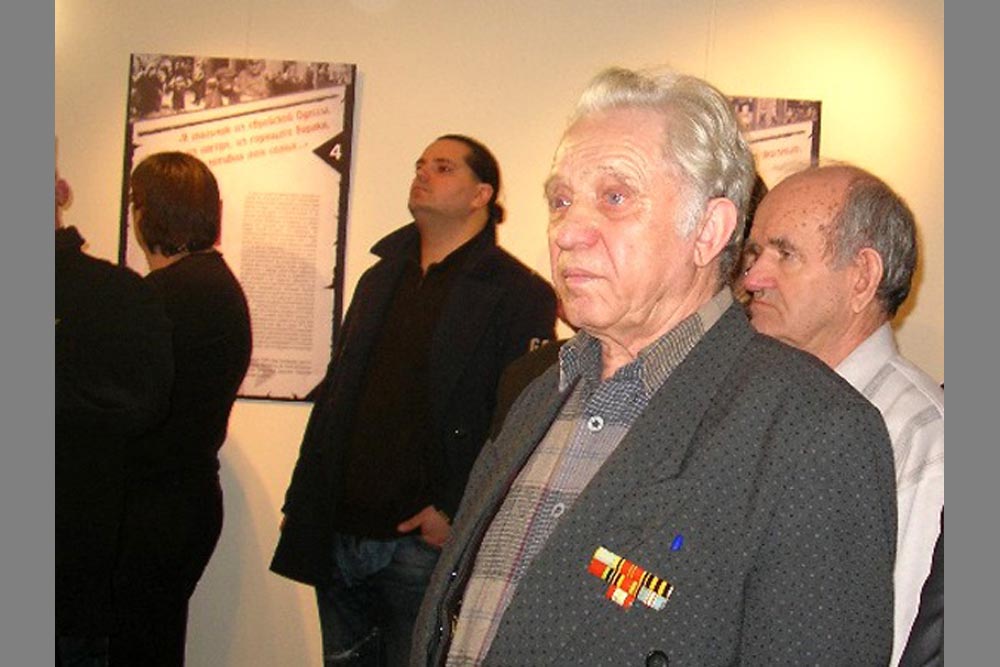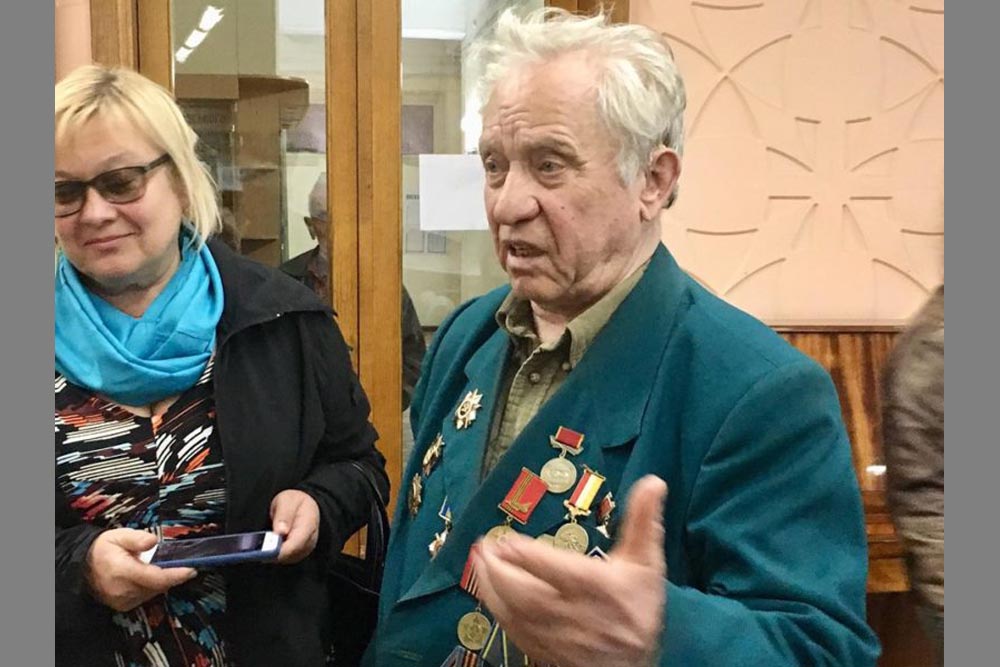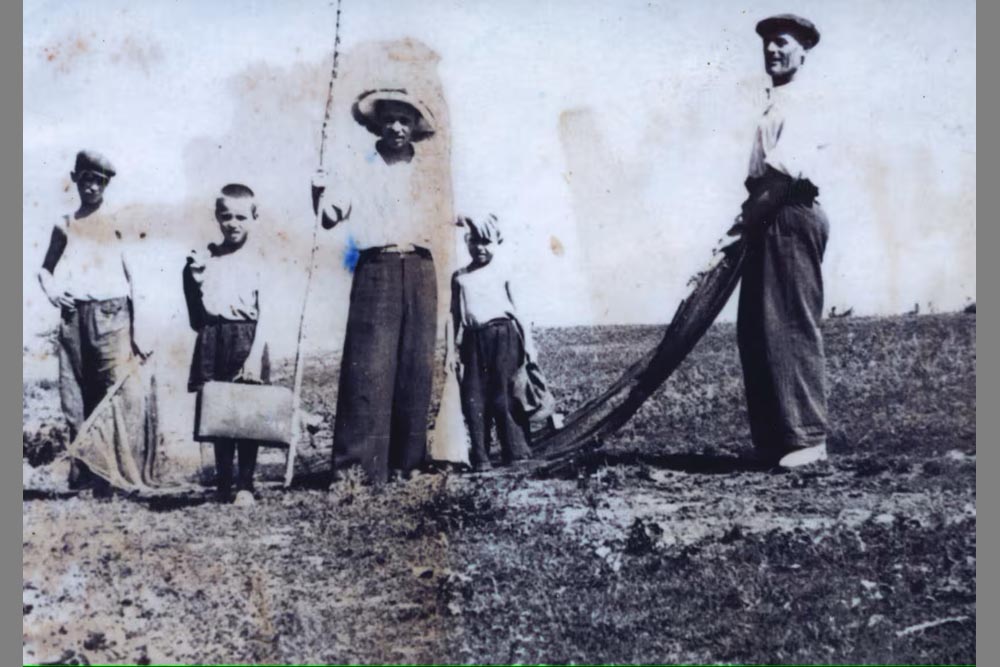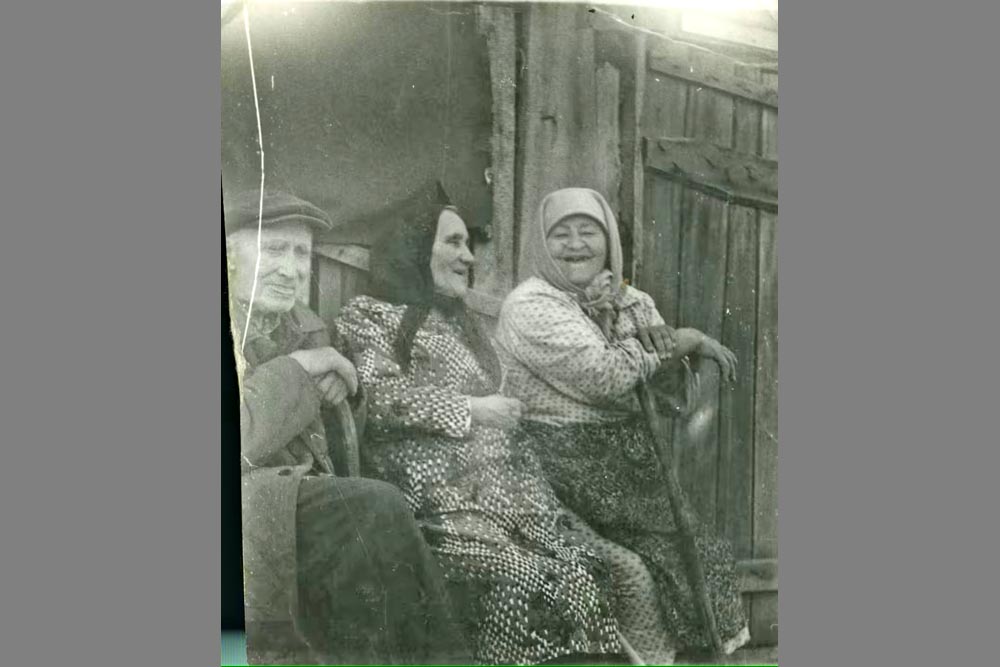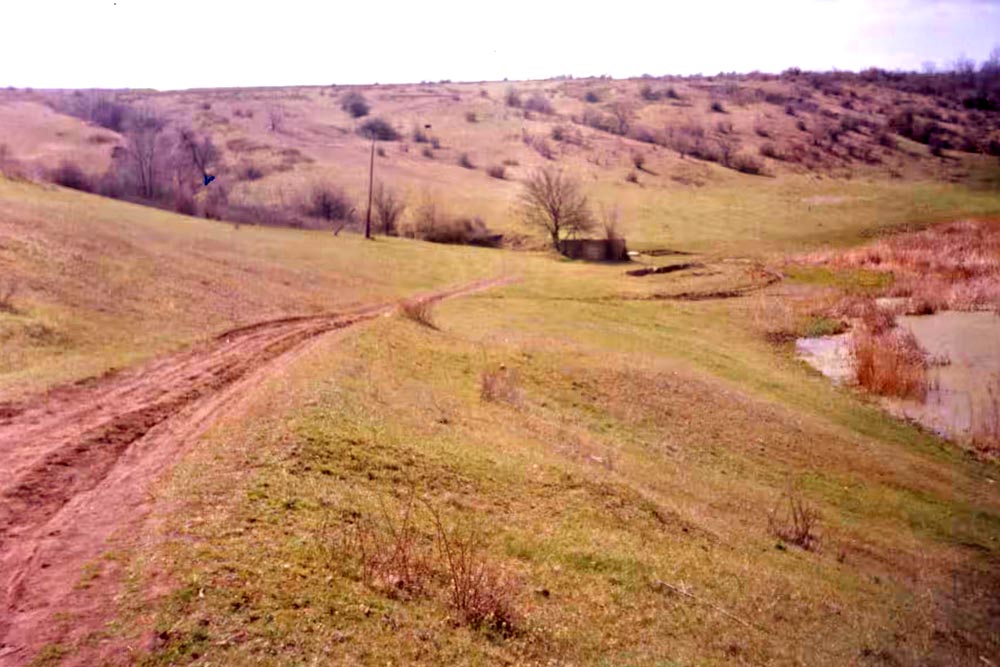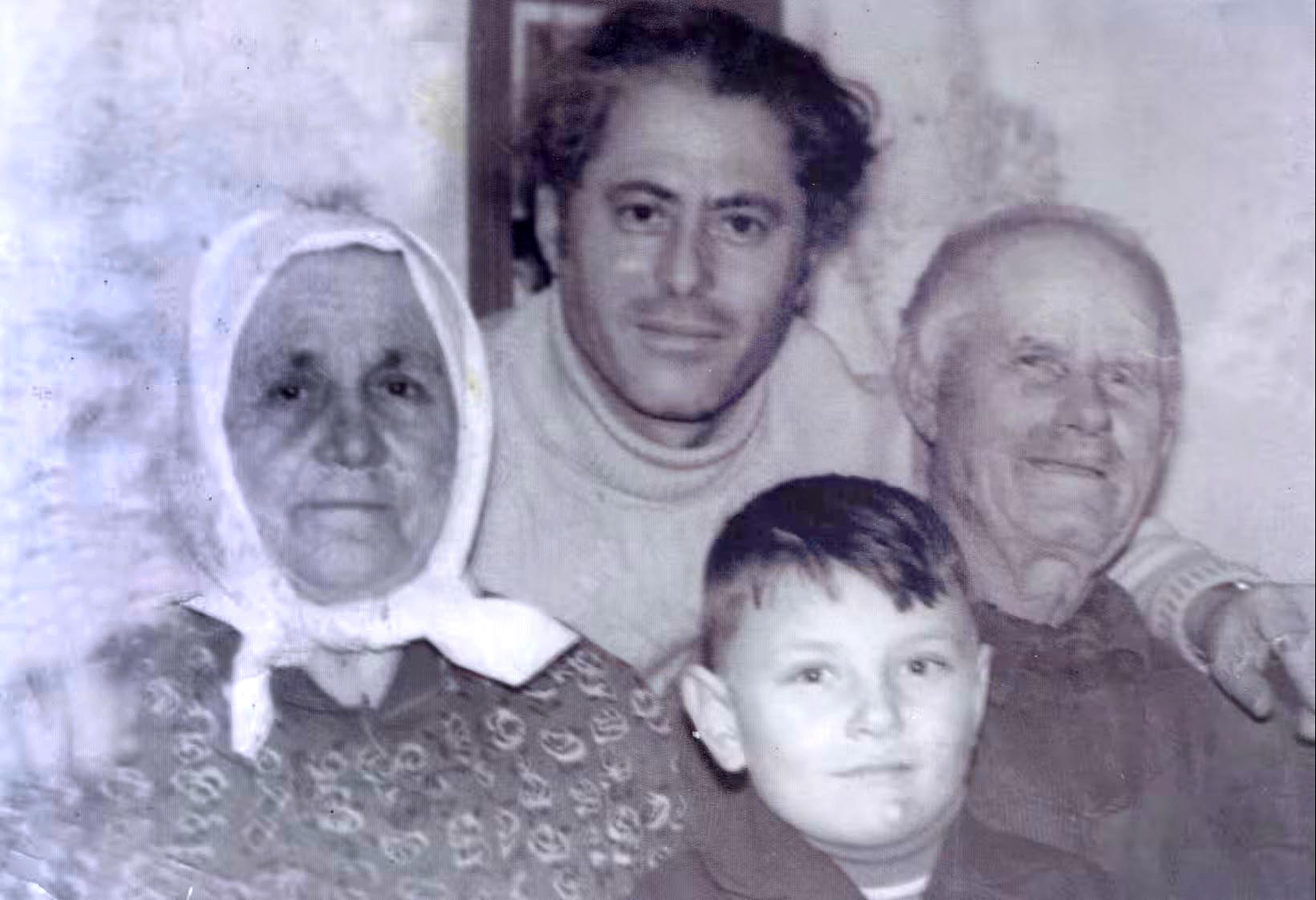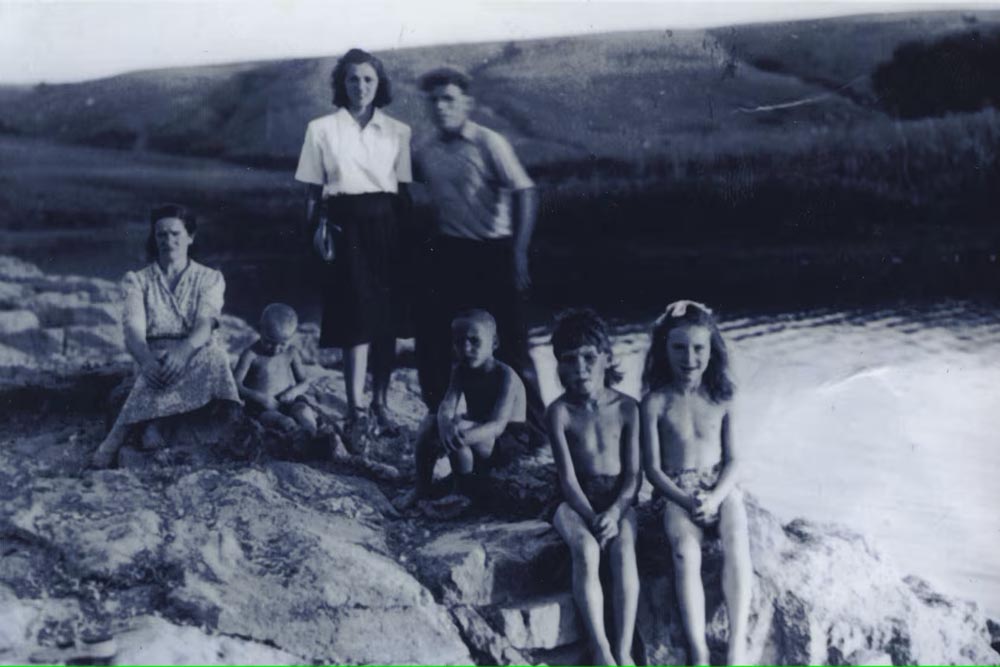Bank of Portraits / Voloshyn Omelian, Hanna and Vasyl
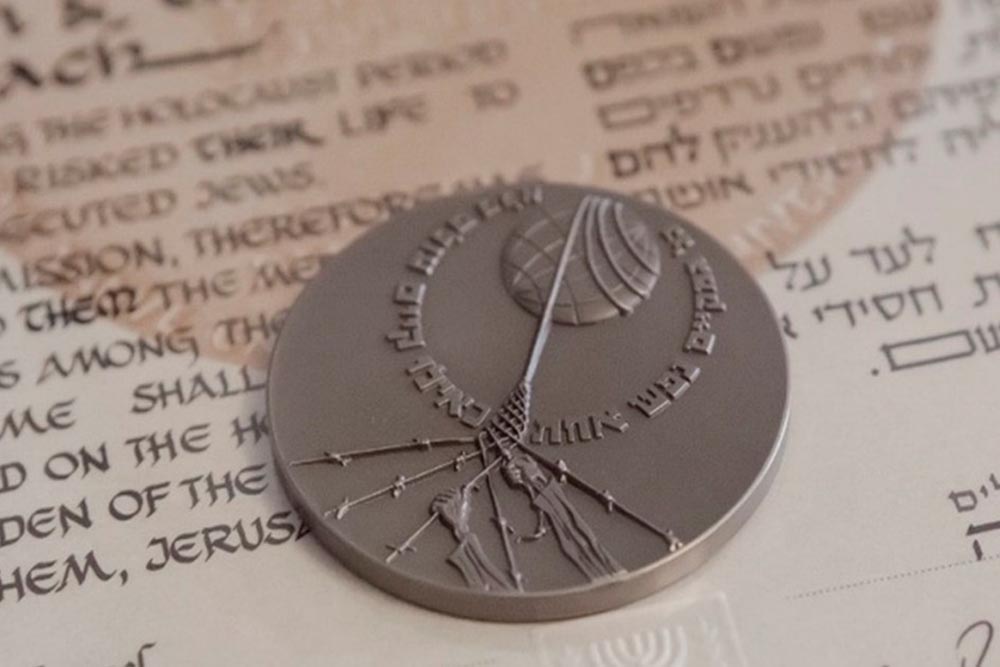
Voloshyn Omelian, Hanna and Vasyl
Omelian Voloshyn and his wife Hanna lived in the village of Anetivka of Domanivskyi district in Odesa region (current – Voznesenskyi district of Mykolaiv region). The couple raised three children, the eldest of whom was 13-year-old Vasyl. Not far from the village there was a path used to lead Jews under convoy to the neighboring village of Bohdanivka. The route Odesa – Berezivka – Domanivka – Bohdanivka was nicknamed the “road of death”. In October 1941, the occupiers created a concentration camp on the banks of the Southern Bug River. In the village Bohdanivka and neighboring settlements. During December 21–31, 1941, over 40 thousand Jews from Odesa and those deported from Bessarabia were shot and burned alive.
“Several days passed after the Jews were chased past us. One morning, my mother sent me to the barn to clean up near the cattle after the night. I went out into the courtyard, heard shots and saw a woman with three children running towards them, followed by Romanian soldiers, who were shooting at them. The woman had patches with a six-pointed star on her clothes. When they ran to the gate, I opened the cowshed door and called her and the children to come in and hide. They did so...” From the memoirs of Vasyl Voloshyn
When the Romanians ran up, Vasyl told them that he had seen a woman with children running away in another direction. This act marked the beginning of the Voloshyn family's efforts to help the persecuted Jews. The first of them were Roza Zhelezniak (Khaitsyna) and her children: seven-year-old Sunia, five-year-old Pinia and three-year-old Kaliia. Mariia fed them, gave them milk. Voloshyn family left the fugitives in their house. However, it was not lucky to save the babies. Kaliia soon fell ill with typhus and died. Later Pinia passed into eternity. In the summer, Sunia secretly went to eat watermelons on the melon field, secretly from his mother and the Voloshyn family. German soldiers lived nearby who saw and shot the Jewish boy. The Voloshyn family hid Rosa until the occupiers were expelled from Mykolayiv region.
Omelian and Hanna Voloshyn also helped other Jewish families who managed to escape from staging or escape during the shootings and reach Voloshyn's house. One winter day, the couple found a wounded, half-alive Jewish woman in their garden. It was Betia Huhleman. Together with her family, the Germans drove her to the precipice in the village of Bohdanivka from Moldova to be shot. Betia miraculously survived and got out of the firing pit. The Voloshyn family treated and cared for her. Later, Hanna bought new documents with which Betia was able to return to her native land.
Another time, the Voloshyn family noticed a boy hiding in a haystack – Khaim Khaitsyn. In addition, nearby – another woman, Mania Hilklikh. Together with neighbors whom they trusted, Omelian and Hanna took out refugees and took care of them until the end of the occupation. Thanks to acquaintances, Hanna obtained documents for Mania with a Ukrainian name, which allowed her to live openly in the village.
During the occupation, other fugitive Jews also came to the Voloshyn home – and the Ukrainian family did not refuse shelter and help to anyone. Some stayed for a few days to rest, heal, and then move on – to their homes or to a safer place. Others were delayed for several weeks.
Vasyl Voloshyn recalled that during the years of occupation, their family saved thirteen Jews and four prisoners of war. In 2012, Omelian, Hanna and Vasyl Voloshyn were recognized as Righteous Among the Nations.
“I was often asked, was I afraid? Of course, it was scary! But we are brought up in this way – to give the last crumb, not to leave behind a black mark”. From the memoirs of Vasyl Voloshyn
Svitlana Datsenko
Kyiv
National museum of the History of Ukraine in the Second World War
-
fingerprintArtefacts
-
theatersVideo
-
subjectLibrary
